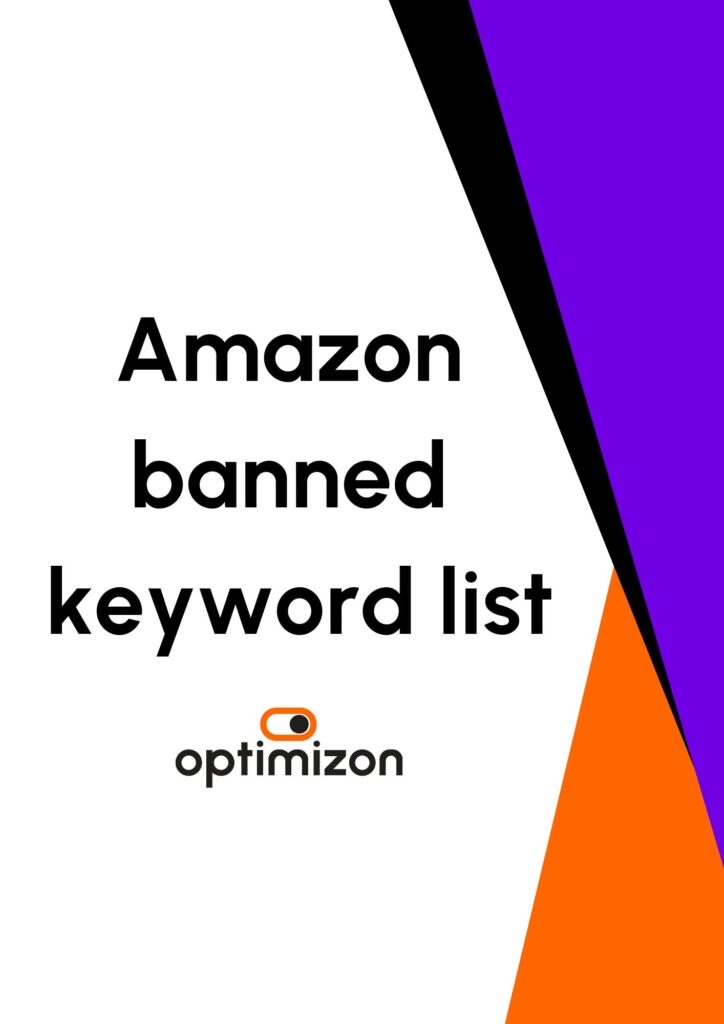The world of ecommerce is no longer just about having a strong presence on Amazon or eBay. As consumer shopping habits evolve, brands that want to grow must embrace multiple marketplaces, from Walmart and TikTok Shop to niche players like Etsy and Wayfair. At eCom Insights ‘25, Georgia Leybourne, CMO at Linnworks, shared her insights on why brands should be expanding beyond their comfort zones and how to find the right marketplace fit.
The Case for Multi-Marketplace Selling
There’s a simple reason to expand to multiple marketplaces: that’s where your customers are. A Linnworks survey found that 51% of shoppers prefer buying from marketplaces rather than a brand’s own website. If you’re only selling on one or two platforms, you’re potentially missing out on a significant portion of your target audience.
Additionally, marketplace diversification isn’t just about customer acquisition, it’s about business resilience. Relying solely on Amazon puts brands at risk of policy changes, increased fees, and shifting algorithms that could impact sales overnight. By spreading risk across multiple platforms, brands can protect themselves from sudden disruptions.
What to Look for in a New Marketplace
Not every marketplace is the right fit for every brand. Georgia highlighted several factors to consider before expanding:
- Customer Profile & Shopping Behaviour – Understanding who shops on a given platform is crucial. Is the demographic aligned with your target market? Are shoppers’ price-sensitive, or are they willing to pay a premium for quality?
- Fulfilment Options – Does the marketplace offer its own fulfilment service, or will you need to manage logistics yourself? Services like Amazon MCF (Multi-Channel Fulfilment) can help bridge gaps in fulfilment capabilities.
- Competition & White Space Opportunities – Some brands may benefit from selling on marketplaces where competitors are already thriving, while others may find better success in less saturated spaces.
- Hidden Fees & Terms – Some marketplaces have complex fee structures that can eat into margins. A deep dive into terms and conditions is essential before committing to a new channel.
- Regional Considerations – If you’re targeting international growth, consider whether the marketplace has a strong presence in your desired region and whether it supports cross-border logistics.
Case Studies: Success Through Marketplace Expansion
One of the most compelling stories shared at eCom Insights ‘25 was that of Sock Snob. The brand sells thousands of product variants across 25 global marketplaces, including TikTok Shop, Shein, and Temu. Thanks to automation tools like Linnworks, Sock Snob has been able to manage this complexity efficiently, achieving massive growth. On an average Monday, they fulfil 2,000 orders, but during peak times, that number soars to 25,000.
Another example is Elkin Bloom, a boutique jewellery brand that has successfully scaled across 23 marketplaces. Despite being a small operation, the brand thrives by meeting customers where they prefer to shop rather than relying on a single platform.
The Future of Marketplaces
Retail is changing at breakneck speed, and the marketplace landscape is becoming increasingly fragmented. Major retailers like John Lewis, Tesco, and B&Q are now opening up their platforms to third-party sellers, creating new opportunities for brands to expand beyond traditional marketplaces.
Meanwhile, social commerce is on the rise. TikTok Shop and other emerging platforms are proving to be powerful sales channels, particularly for brands targeting younger audiences.
It’s Time to Expand
If your brand is only selling on Amazon or eBay, now is the time to explore new opportunities. Expanding into multiple marketplaces not only increases visibility but also safeguards your business from market fluctuations. With the right strategy, brands can tap into new customer bases, drive revenue growth, and future-proof their ecommerce operations.
As Georgia Leybourne put it, “If Dominique from Elkin Bloom can run 23 marketplaces seamlessly, so can you.” Are you ready to take the leap?





